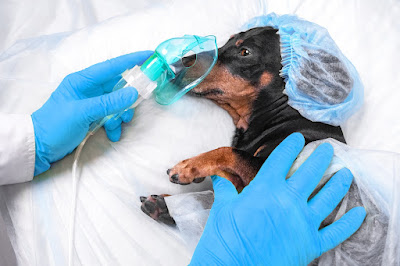The holiday season is one of the most popular times to adopt a pet, and adopting a cat is an enriching experience. With so many different breeds and considerations, including age, temperament, health, and family dynamics, you must take the time to ensure you are adopting a cat that is right for your family.
The AVMA states that the primary reason cats are given up to animal shelters is unfulfilled expectations, so an informed decision will set you up for success and be better for the cat and your family in the long run. Keep reading for some top tips to pick the ideal feline to bring home.
Think about your lifestyle and how a cat will fit in.
While it is true that many cats are independent creatures, it’s still important to consider your lifestyle and how the cat you bring home will fit in. These pets can adapt to most home situations but need time devoted to their care and attention. Consider the type of home you have. If you are renting, are you allowed to have a cat? If you own, is there enough space for everyone to coexist, and would you be okay with normal cat behaviors like predatory play, scratching, and exploration?
Another consideration of your lifestyle is how long you are away from the house. If you are frequently out of the house, can someone else provide care and attention to your cat? Would this schedule be challenging to manage? Finally, do you have other pets in the house already? If so, are they friendly, and will they get along with your new cat (will the new cat do well with other pets)?
Decide whether you can afford to care for a cat.
Purchase prices of cats can vary significantly like any other pet and often depend on the type of breed and age. If you are adopting, the fees might be minimal, but you must still cover the cost of caring for the cat for the remainder of their life. Other expenses likely arise include grooming, boarding, licensing, sterilization, food, toys, and more.Consider what personality would work best for you.
Some cats are solitary, while others crave attention, pets, and cuddles. Do your research on the breed you are considering and spend time with the cat before bringing them home so you can get a feel for whether your personalities fit well together.While the holidays are a great time to adopt a pet, you must avoid acquiring animals impulsively. The AVMA suggests that you take time, involve your family, and carefully consider how the cat would integrate into your life, so if you are interested in adopting a cat this winter, you’ll want to give yourself ample time to make a great decision.
If you have any questions or need help from us at the Bregman Veterinary Group, call us at (863) 588-4200 or to schedule an appointment for your new cat, click here to get started. We hope you have a happy and safe holiday season!












